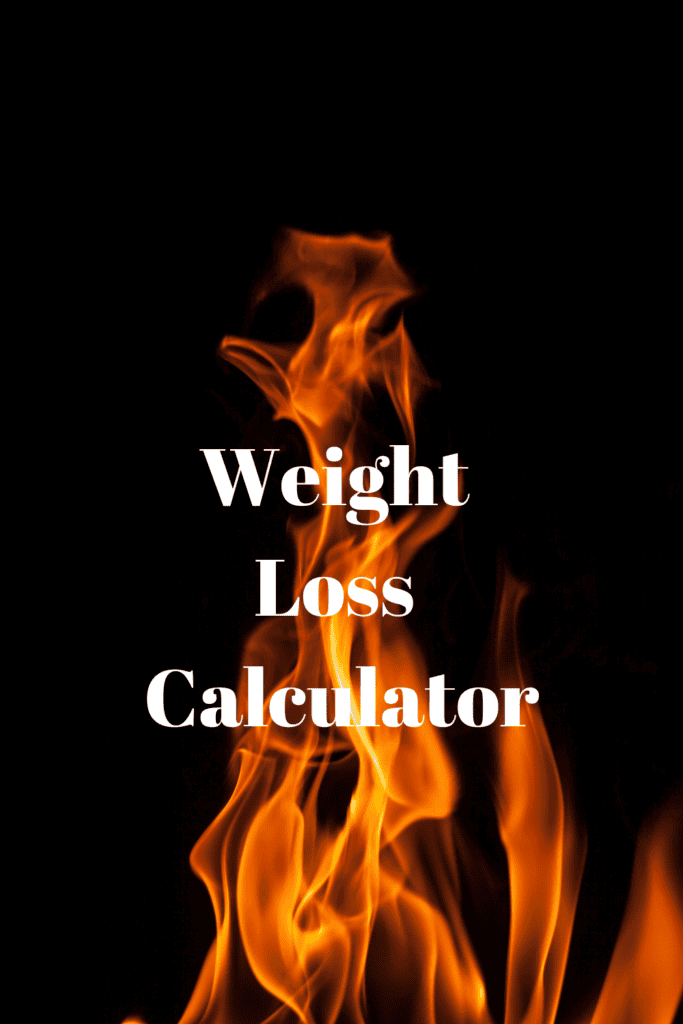Weight Loss Calculator
How to Use a Weight Loss Calculator
Successful long-term weight loss requires constant effort and lasting habits, such as eating healthily and engaging in physical activity regularly. Achieve lasting weight loss with healthy nutrition and adequate physical activity is vital.

Calorie deficit calculators estimate how many calories you should eat per day to reach your goals. They take your RMR, activity level and lifestyle into consideration before displaying your TDEE and macros.
Weight
Weight loss calculators help people understand the number of daily calories necessary to lose weight. These tools take into account factors like age, sex, height, current and target weight as well as activity level when calculating how many calories someone should consume each day to effectively shed pounds.
To lose weight, one must create a calorie deficit by eating fewer calories than they burn through physical activity and/or dieting. Other ways of creating this calorie deficit may include decreasing carb intake (which attracts water into the body) or lowering salt intake, both of which have shown to help with fluid retention.
The Weight Loss Calculator will estimate a person’s daily calorie needs using the Harris-Benedict equation, taking into account their current weight, height, sex and age to calculate their Basal Metabolic Rate (BMR), as well as any daily physical activity levels they partake in to find their Total Daily Energy Expenditure. Furthermore, it will demonstrate how adjusting diet or activity levels could have an effect on weight over time.
Most calculators will generate a caloric intake plan designed to achieve gradual weight loss at your current weight. Most also ask whether you want faster results, in which case the caloric intake may change accordingly.
Note that weight loss calculators should only be seen as estimates; they should not be seen as definitive guides on what an individual should eat each day to reach their health goals. A nutritionist or dietitian can offer more tailored recommendations to achieve weight loss.
Height
“What is a Healthy Weight?” There is no one-size-fits-all answer when it comes to understanding healthy body weight, although tools and calculators may provide some guidance. Each person’s ideal weight depends on several factors including height and sex assigned at birth.
BMI (body mass index) is one way of estimating an ideal weight range, as it takes into account an individual’s weight in comparison with their height. While BMI doesn’t take account of body fat levels directly, it provides a useful estimate.
The Weight Loss Calculator allows you to enter your height, target weight and daily activity level for accurate results. In addition, waist measurement and body fat percentage may be entered to further refine results.
Age
Age, gender and height all play an impactful part in how quickly a body burns calories, so this calculator takes these factors into account to estimate an individual’s estimated energy requirement and create a daily caloric allowance for weight loss or maintenance goals. Furthermore, the calculator also plots children’s BMI-percentile for age against appropriate CDC growth charts to allow parents to identify any instances where their child may be gaining too quickly in relation to age, which could help avoid obesity issues down the line. Input your gender and height as well as approximate activity level to get accurate results.
Gender
Weight loss calculators can assist individuals in calculating the daily calorie requirements needed to meet their weight loss goals. They take into account age, height, weight and activity level as factors when providing an estimate of calories required. Gender can have an impactful role as each gender has different body size and muscle mass requirements which impact basal metabolic rates and daily caloric needs; additionally medical conditions or medications could increase or decrease these amounts as well.
Weight loss calculators may be beneficial, but for tailored advice and guidance it is wise to speak to a healthcare provider directly.
Activity
The weight loss calculator uses an individual’s height, weight and age to ascertain their Basal Metabolic Rate (BMR) and Total Daily Energy Expenditure (TDEE), before comparing this data against their desired bodyweight in order to show how consuming less or more calories could ultimately influence their bodyweight over time.
When it comes to burning calories, this calculator takes into account an individual’s activity level when estimating how many they’ve burned during an activity – for instance if someone is more active than average they will burn more while exercising. A standard equation used by this calculator estimates the number of calories burnt by entering weight, activity type and duration information into an activity – this calculation is known as metabolic equivalent task or MET calculation.

One’s metabolism can be affected by several factors, including diet, sleep and exercise levels. Poor food choices can have an adverse impact on metabolism, leading to less calories burned when exercising; getting sufficient sleep can increase metabolism and thus aid in burning more calories through physical exertion.
After providing their weight, height, gender and physical activity level – from sedentary (1.4) to very active (2.3), users can click “Calculate” to view how many calories are required in order to meet their weight loss goals.
